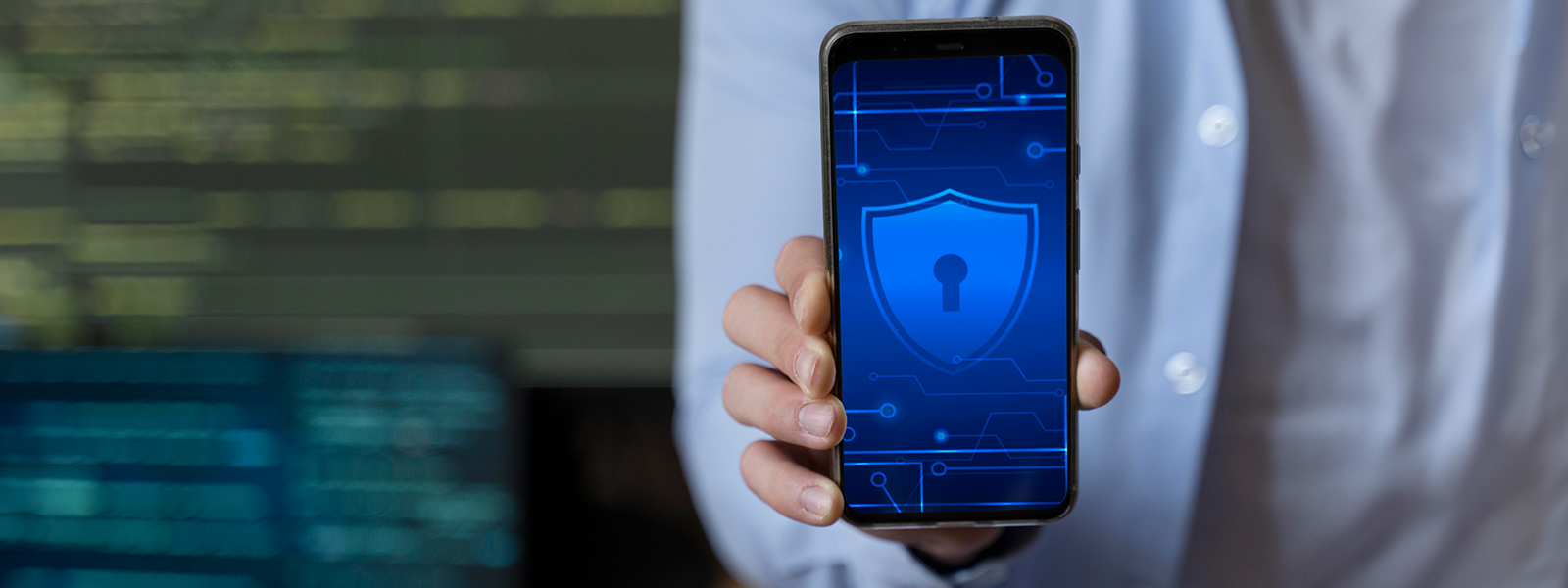The convergence of AI and IoT (AIoT) is poised to be a defining trend in 2024. While challenges like standardization and security exist, AIoT applications hold immense promise for businesses seeking efficiency, growth, and a sustainable future.
The Internet of Things (IoT) landscape is on the cusp of a transformative era. By the end of 2024, projections indicate a staggering 207 billion devices connected to the global network, encompassing everything from household appliances to industrial machinery. This interconnected ecosystem presents vast opportunities, with 2024 poised to be a pivotal year for the convergence of Artificial Intelligence (AI) with IoT, shaping the future of business and innovation and bringing in the AI in IoT evolution. The integration of AI into IoT devices is set to become a defining trend for businesses in 2024. This fusion holds immense promise across various sectors, from optimizing operational efficiency to opening new revenue streams. AI-driven IoT solutions are primed to revolutionize industries, not just by connecting devices, but by enabling actionable insights and autonomous decision-making.
Businesses can expect enhanced predictive analytics, streamlined processes, and improved customer experiences through AI-powered IoT applications. By staying informed about emerging trends and embracing AI integration, organizations can position themselves at the forefront of innovation. Harnessing the power of AI-driven IoT solutions will enable businesses to seize new opportunities, drive efficiencies, and navigate a digitally transformed future.
From Connected Devices to Intelligent Decisions
Traditionally, "smart" in the context of IoT referred primarily to connectivity. However, the tides are shifting. The synergy between IoT and AI is gaining momentum, with devices now capable of autonomous decision-making and responsive actions through machine learning algorithms. This integration, commonly referred to as AIoT (AI-powered IoT), heralds a paradigm shift towards heightened efficiency, automation, and real-time optimization across diverse industries. The evolution of AI in IoT signifies a departure from passive connectivity towards proactive intelligence. In 2024, we anticipate a surge in AI integration within IoT devices, paving the way for innovative solutions tailored to business needs. This convergence enables predictive analytics, adaptive responses, and enhanced operational insights, driving competitive advantage and facilitating data-driven decision-making.
The implications of 2024 IoT AI trends extend beyond operational enhancements. Businesses stand to benefit from improved resource utilization, enhanced customer experiences, and streamlined processes. From predictive maintenance in manufacturing to personalized recommendations in retail, the applications of AIoT are far-reaching, fueling digital transformation and driving business growth. Businesses that leverage AI-driven IoT solutions stand poised to capitalize on new opportunities, optimize operations, and chart a course towards sustainable growth in the digital age.
Challenges and Considerations in the AIoT Era
This exciting convergence is not without its challenges. Here are some key considerations for businesses venturing into the AIoT landscape:
- Standardization and Interoperability: As countless intelligent devices come online, ensuring seamless communication and data exchange becomes crucial. Developing protocols for these devices to "play nicely" and share data securely will be a top priority in 2024.
- Security and Privacy: With a vast network of interconnected devices, the potential attack surface for cyber threats expands. Implementing robust security measures and prioritizing data privacy will be essential for businesses to build trust with customers and workforces.
- Edge Computing and 5G: The ever-growing volume of data generated by IoT devices necessitates real-time processing and analysis. Edge computing, where data is analyzed closer to the source, combined with the rollout of 5G networks, will empower faster insights and facilitate the deployment of AI-powered solutions at the network's edge.
AIoT Applications and AI integration in IoT devices
The potential applications of AIoT are vast and transformative. Let's explore some of the most promising areas:
- Generative AI in Wearables: Imagine smartwatches and fitness trackers that leverage generative AI to function as personalized coaches or assistants, offering tailored advice and motivation. This technology has the potential to revolutionize the wearables space, potentially even phasing out traditional AI assistants.
- Sustainable IoT and the Circular Economy: IoT plays a crucial role in driving sustainability initiatives. Sensors can monitor energy consumption in buildings, optimize supply chains for efficient resource utilization, and track waste disposal for improved recycling practices.
- Vehicle-to-Vehicle (V2V) Communication: Imagine cars seamlessly communicating with each other, sharing real-time location, speed, and hazard data. This technology can greatly reduce accidents, optimize traffic flow, and lower emissions, paving the way for a future of safer and cleaner transportation.
- Digital Twins and IoT: Digital twins are virtual replicas of real-world objects – from machinery to entire cities. When combined with real-time data collected from IoT sensors, these models become incredibly powerful tools for simulation, optimization, and predictive maintenance.
- The Rise of Brain-Computer Interfaces (BCIs): Though still in its nascent stages, BCI technology holds immense promise for the future. Brain-computer interfaces have the potential to revolutionize human-machine interaction, enabling control of devices solely through thought. While widespread adoption might be some time away, 2024 will likely see significant advancements and growing interest in this groundbreaking field.
Conclusion
2024 presents a pivotal year for the convergence of AI and IoT. As organizations increasingly adopt AI-powered IoT solutions, they embark on a journey towards enhanced automation, efficiency, and data-driven decision-making. This integration not only revolutionizes industries but also paves the way for a more sustainable future. While the benefits of AI-driven IoT solutions are clear, challenges such as standardization, security, and responsible development must be addressed. Standardization ensures interoperability and seamless integration of diverse IoT devices, while robust security measures safeguard sensitive data and protect against cyber threats. Responsible development entails ethical considerations to ensure AI technologies are deployed ethically and transparently. Despite these challenges, the potential rewards of AI and IoT convergence are undeniable. From optimizing operational processes to transforming customer experiences, AI-powered IoT applications offer immense value across various sectors. Moreover, they enable businesses to leverage data insights for informed decision-making, driving competitive advantage and fostering innovation.



